Many types of management - construction, mining, repair or surveying - significantly destroy the soil cover, therefore, restoration of disturbed lands is carried out to restore it. For introduction into circulation, a huge amount of the fertile soil layer is restored by special events, which will be discussed in this article.
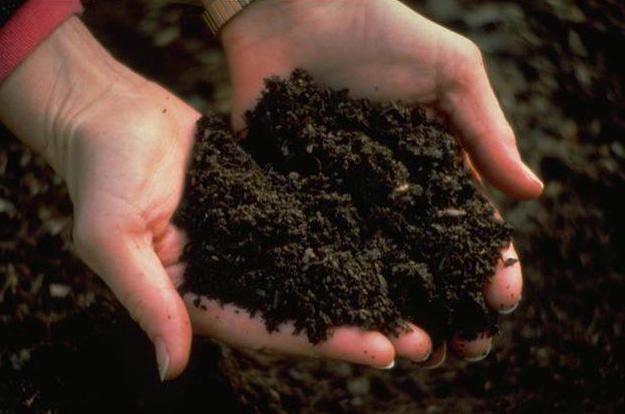
Vocabulary
What is disturbed land? These are those that have lost value in management or, moreover, negatively affect the environment due to disturbed soil cover or when an anthropogenic relief forms after a certain production activity.
What land reclamation? This is a whole complex of actions aimed at restoring the national economic value of devastated soils, at restoring their productivity, and at improving the conditions of the entire environment. Technical and biological reclamation of disturbed lands is carried out. To do this, they first need to be inventoried - to identify, account for and map, determine the area and establish the level of quality.
Directions of reclamation of disturbed lands - their restoration for one or another target method of use. For example, the agricultural sector provides for the creation of new agricultural land on disturbed soils.
Work on the removal of the fertile layer, its transportation and applying a new one - land surveying. It even unproductive land and potentially fertile breeds can significantly improve. The object of reclamation is a land plot with a disturbed fertile layer, which is subject to restoration. The upper part of the soil cover, humified and equipped with all the physical, chemical and agrochemical properties favorable for plants, is called the fertile layer.
Decree
In current conditions, actions to organize the work of agriculture and restore all disturbed lands are very relevant. Territories where reclamation of such lands has already taken place must be under special control.
The Decree of the Government of the Russian Federation in 1994 defines the general requirements for the implementation of work on the restoration of damaged soil cover. They are mandatory for all legal entities, officials and individuals. Reclamation of disturbed lands returns recreational, forestry and agricultural land to further use for its intended purpose. There are two stages to soil restoration - biological and technical.
When the restoration of disturbed lands goes through the technical stage, planning is done, slopes are formed, a fertile layer of soil is removed and applied, land reclamation and hydraulic structures are built, toxic rocks buried by autopsy are buried, various works are organized to create the conditions for the second stage of events.
Biological intervention restores soil fertility: agrotechnical, phytomeliorative measures that improve agrochemical, agrophysical, biochemical properties, as well as other indicators of fertility.
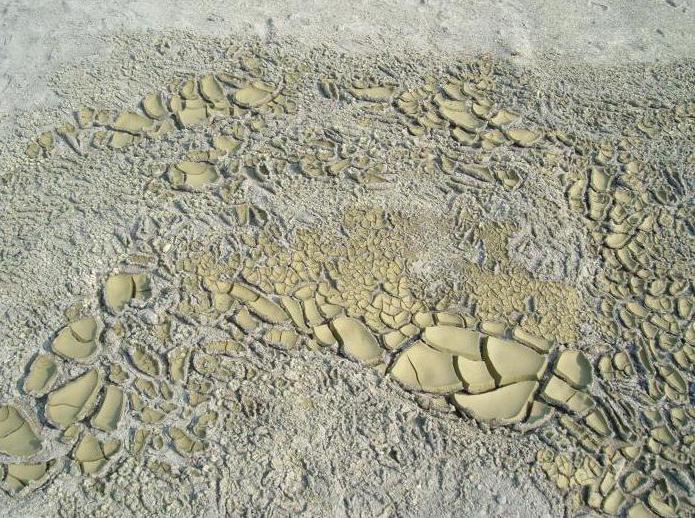
Reclamation Types
There are a lot of disturbed lands on the planet. Reclamation is necessary in many cases.So, elimination of consequences is required:
- open pit mining or underground mining;
- laying of pipelines, reclamation, construction, logging and some other works that are associated with damage to the soil cover;
- liquidation of military, industrial, any other structures and objects;
- storage or burial of household, industrial or other waste;
- liquidation of the consequences of soil pollution, when the condition for restoration is the removal of the fertile top layer.
The norms for such removal are established by the project for the restoration of disturbed lands, depending on how much the level of fertility of a given plot has fallen. The removed soil layer usually also goes into business - it is reclaimed, after which it improves unproductive land.
Goals that are not related to agriculture or forestry are usually not pursued, as it is economically disadvantageous. The exception is cases where there is no possibility of using the removed soil layer for the forest fund or improvement of land for agriculture. On the territory of each region there are organizations for the transfer or acceptance of reclaimed land. Other issues related to disturbance of soil cover and their restoration are also considered there.
The composition of the Standing Commissions includes land management, environmental protection, water management, forestry, agricultural, architectural and construction, sanitary, financial and credit and many other bodies under whose supervision all stages of restoration of disturbed lands go through.
Documents
Acceptance (transfer) of all reclaimed land should be carried out within one month after the notification of completed actions to restore soil has been submitted to the Standing Commission. Reclamation of disturbed lands requires the application of the following materials to documents:
- Permission to carry out such work (copies), that is, a document certifying the right to use subsoil and land.
- A copy of the land use plan where the boundaries of all restored plots are plotted.
- Reclamation of disturbed lands project.
- Survey data - soil and others, which are necessary for carrying out similar work related to the violation of the fertile layer, and to eliminate the consequences of this.
- Working drawings - project documentation for anti-erosion, reclamation, hydraulic and other objects, agricultural, forest reclamation and other activities that were provided for by the project.
- Inspection materials reflecting the implementation of soil restoration, information on measures taken to eliminate identified violations.
- Information on the procedure for removal, storage, use, transfer of the fertile layer, relevant documents confirming this.
This list of securities in each case is supplemented and updated by the Standing Commission. Changes and additions are dictated by the nature of land disturbance and their further use.
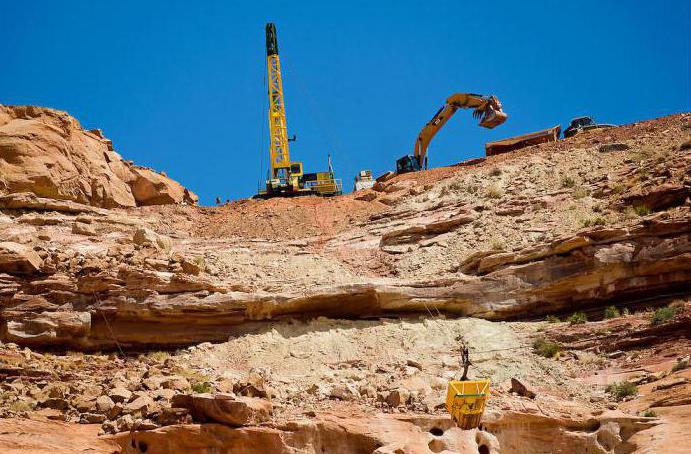
Acceptance
Reclaimed sites are accepted by a special commission with a mandatory departure to the place. It is approved by the chairman or deputy of the Standing Commission within ten days after the application is submitted by legal or natural persons who are leasing land.
Typically, the working commission consists of representatives of municipal and state bodies interested in land use, as well as members of the Standing Committee itself. Persons leasing and accepting the restored territories, representatives of design and contracting organizations, specialists and experts also take part in the acceptance of reclaimed areas. The procedure for reclamation of disturbed lands is checked after consideration of all the required documents.
Pesticide pollution
Pesticides are inorganic and organic compounds that are used in the fight against plant diseases and pests, weeds, and also to accelerate the ripening of a number of crops subjected to machine harvesting. Despite the fact that only about three hundred grams of such substances are applied per hectare, soils become significantly clogged over time, so sooner or later they are subject to mandatory restoration. The main task is to intensify the processes of decomposition of residual forms harmful substances. Directions for the restoration of disturbed lands can be very different according to the project, which provides percentage data on the composition of soil pollution.
Biodestructors that decompose certain compounds are used, soils are irradiated with ultraviolet light, fertilizers are applied - mineral and organic, they carry out land reclamation and agrotechnical measures. To reduce the time of decomposition of pesticides, chemical ameliorants are used, which form non-toxic compounds, artificial or natural sorbents, lime are introduced into the soil. Then, crops that are able to absorb harmful compounds and process them are introduced into the crop rotation: corn, lupine, rapeseed. Thus, the soil is cleansed of atrazine and linuron, as well as many other compounds.

Oil pollution
Taking into account the criteria for assessing the state of the ecological situation, appropriate measures are being taken, first of all, technical restoration of disturbed lands, and then biological. There are three distinct levels of soil pollution: background, high and high pollution. The first is up to fifty milligrams of oil per kilogram of dry soil. The second - up to a thousand milligrams, the third - up to five thousand. It is the third level that involves the appointment of reclamation of both soil and groundwater. The second level should alert the responsible persons who are obliged to carry out monitoring.
The development of a project for the restoration of disturbed lands contaminated with oil and its products is being organized according to an equalized scheme. Initial actions are aimed at activating microorganisms in the soil so that they degrade hydrocarbons. Also, the soil is loosened, lime, gypsum, high doses of mineral and organic organisms are introduced into it, then it all plows. A mulched surface is created, consisting of nutrient mixtures, elevated rates of oil-tolerant crops are sown. White polewort, timothy, red fescue, boneless rump, perennial lupine, eastern beckmania, canary grass, horned lamb, alfalfa and clover are grown. Plants that appear on contaminated soil go to animal feed under tight control, since carcinogens and aromatic polycyclic hydrocarbons accumulate in them.
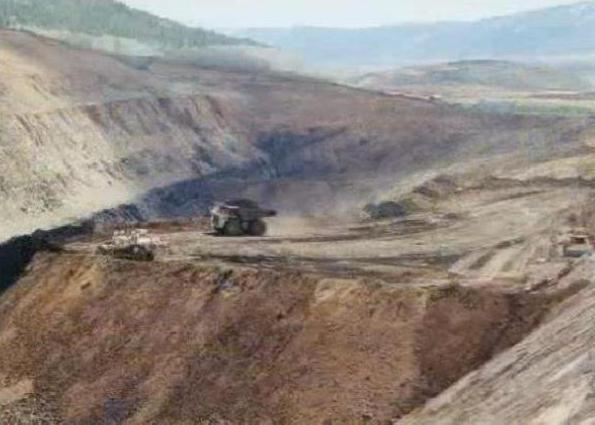
Ecological system
Land restoration depends on how the project for the restoration of disturbed lands is drawn up, as well as in accordance with the level of emergency of the environmental disaster situation. This is a series of environmental engineering system activities. Petroleum products are extremely mobile in the components of the geosystem. If the soil is clogged for a long time and large areas of bound and free oil products are formed in the section of aeration zones and groundwater, then the fight against them will have to be serious. Usually this happens near oil depots, fuel depots and refineries.
The environmental engineering system should implement the tasks of removing mobile oil products, protecting rivers, water intakes, and also reclamating all damaged soils. The foci of contamination should be localized. The basis of the environmental engineering system is made up of structures: embankment dams, walls in the ground, vertical and horizontal drainage, injection and production wells.Many other measures that provide for the technical restoration of disturbed lands are also good.
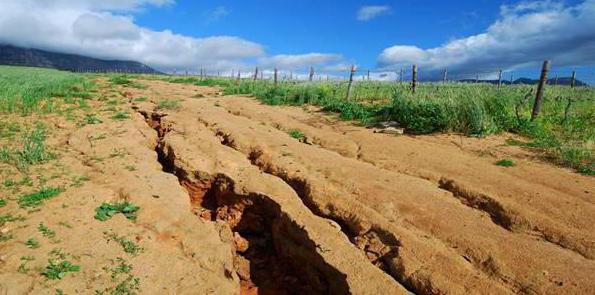
Mining dumps
Twenty percent of the total area of the mining enterprises is allocated to dumps, 13% - to the waste storage facilities of concentration plants, 5% - to dumps and waste of mines, and 3% - completely unsuitable land due to subsidence and surface dips. The volume of mining is increasing annually, and now about ten to fifteen hectares are left for dumps every year. Disturbed landscape complexes, soil cover. Engineering communications and their construction also require significant areas. The reclamation of lands disturbed by mining operations in our country has been carried out systematically since 1959.
Comprehensive recovery schemes may include a wide range of activities, depending on the degree of contamination and its chemical composition. For example, such:
- First year - loosening to degass the soil and stimulate all biochemical processes.
- Second year - regulation of water and nutrient regimes of the soil by biodestructors.
- The third year and all subsequent - cultivation of sustainable crops until the growth of quality products.
A high level of contamination can force a complete change of the fertile topsoil, which is removed and sent for processing. Overburden stored in the form of an embankment (external dumps, are used only in the case of their radioactive purity and lack of toxicity.
Excavations and artificially created cavities are reclaimed mainly using waste from consumption and production, that is, they are, in fact, their burial, and this licensed type of activity. Mining quarries and dumps of various kinds are used in open-cast mining of minerals and building materials.

Reclamation Stages
This is a very complex multicomponent system of events that are closely related to each other, structured by the level of tasks and technological execution. The preparatory phase is the justification of measures on the investment side and the development of working documentation. Stage technical - the implementation of the project in its engineering part.
Biological - the final stage, including landscaping, biological soil cleaning, forest construction, phyto-reclamation and land reclamation measures, which are aimed at the complete restoration of soil-forming processes. The first two stages can take a long time - up to several decades, when complex environmental problems are solved.








